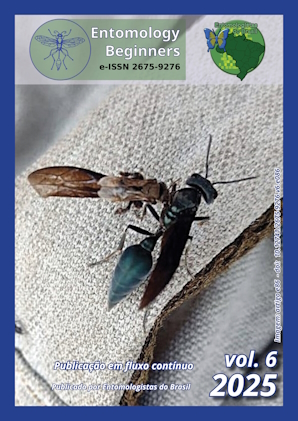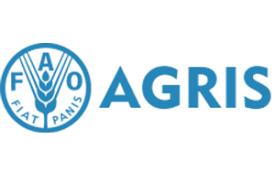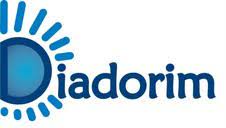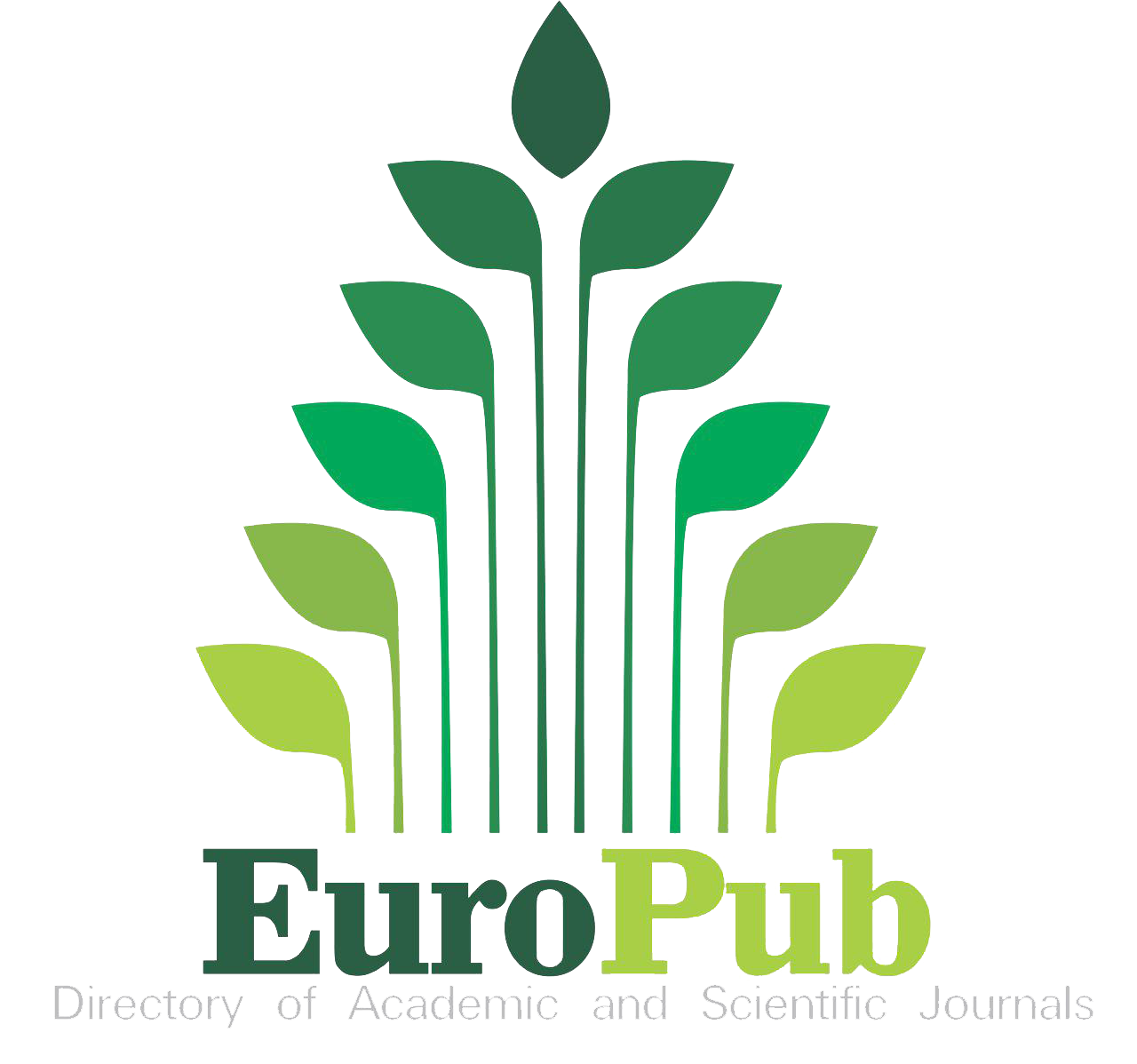Relato de comportamento agonístico entre uma abelha-sem-ferrão (Apidae: Meliponinae) e uma vespa social (Vespidae: Polistinae) no sudeste do Brasil
DOI:
https://doi.org/10.12741/2675-9276.v6.e086Palavras-chave:
comportamento defensivo, mordida, Polybia, NannotrigonaResumo
As abelhas-sem-ferrão possuem diferentes inimigos naturais, os quais favoreceram o desenvolvimento de uma variedade de adaptações defensivas, tais como estruturais, químicas e comportamentais. Existem poucos registros de interações entre essas abelhas e vespas sociais, assim, este estudo relata uma interação agonística entre a abelha-sem-ferrão Nannotrigona testaceicornis (Lepeletier, 1836) e a vespa social Synoeca cyaneae (Fabricius, 1775) no sudeste do Brasil. Hipóteses que podem ter motivado o ataque são discutidas, mas são inconclusivas, portanto, são necessários mais trabalhos que as investiguem mais profundamente, pois pode ser que essa interação seja mais comum do que se saiba, o que seria relevante para o manejo dessas abelhas.
Downloads
Referências
Arca, M; Papachristoforou, A; Mougel, F; Rortais, A; Monceau, K; Bonnard, O; Tardy, P; Thiéry, D; Silvain, JF & Arnold, G (2014) Defensive behaviour of Apis mellifera against Vespa velutina in France: testing whether European honeybees can develop an effective collective defence against a new predator. Behavioural Processes, 106: 122-129. https://doi.org/10.1016/j.beproc.2014.05.002
Boff, S & Somavilla, A (2024) Scientific note on a Neotropical wasp preying on stingless bees. Apidologie, 55(2): 21. https://doi.org/10.1007/s13592-024-01063-x
Brock, ER; Cini, A & Sumner, S (2021) Ecosystem services provided by aculeate wasps. Biological Reviews, 4(96): 1645-1675. https://doi.org/10.1111/brv.12719
Brugger, BP; Souza, LD; Souza, AD & Prezoto, F (2011) Social wasps (Synoeca cyanea) damaging Psidium sp. (Myrtaceae) fruits in Minas Gerais state, Brazil. Sociobiology, 57(3): 533-535.
Camargo, JMF & Posey, DA (1990) O conhecimento dos Kayapó sobre as abelhas sociais sem ferrão (Meliponidae, Apidae, Hymenoptera): notas adicionais. Boletim do Museu Paraense Emílio Goeldi. Ciências Naturais, 6(1): 17-42.
Custódio, RH; Oliveira, GCS; Vilela, DS & Souza, MM (2024) Use of cicada carcass caught in spider web as a food resource for the social wasp Agelaia pallipes (Olivier, 1791). Revista de Biologia Neotropical/ 21(2): 77-81.
Correia, CS; Pérez-Maluf, R & Costa, MA (2023) Recognition and Defensive Behavior of Nannotrigona testaceicornis Workers (Lepeletier, 1836) (Hymenoptera, Apidae) in Intra and Inter-colonial Bioassays. Sociobiology, 70(1): e8778. https://doi.org/10.13102/sociobiology.v70i1.8778
Del-Claro, K (2020) Introdução à Ecologia Comportamental: Um Manual Para Estudo do Comportamento Animal. 1ed. Rio de Janeiro: Technical Books.
Frankhuizen, S; Esteves Lopes, L & Cunha, FCR (2020) Social paper wasp (Agelaia pallipes) predates songbird nestling. Ethology, 126(10): 1004-1006. https://doi.org/10.1111/eth.13076
Freitas, CD.; Oki, Y; Resende, FM; Zamudio, F; Freitas, GS; Rezende, KM; Souza, FA; Jong, D; Quesada, M; Carvalho, AS; et al. (2022) Impacts of pests and diseases on the decline of managed bees in Brazil: a beekeeper perspective. Journal of Apicultural Research, 62(5): 969-982. https://doi.org/10.1080/00218839.2022.2099188
Grüter, C (2020) Stingless bees: their behaviour, ecology and evolution. Berlin: Springer Nature.
Hermes, MG & Köhler, A (2006) The flower-visiting social wasps (Hymenoptera, Vespidae, Polistinae) in two areas of Rio Grande do Sul State, southern Brazil. Revista Brasileira de Entomologia, 50(2): 268-274. https://doi.org/10.1590/S0085-56262006000200008
Ikegami, M; Tsujii, K; Ishizuka, A; Nakagawa, N; Kishi, S; Sakamoto, Y; Sakamoto, H & Goka, K (2020) Environments, spatial structures, and species competitions: determining the impact of yellow-legged hornets, Vespa velutina, on native wasps and bees on Tsushima Island, Japan. Biological Invasions, 22: 3131-3143. https://doi.org/10.1007/s10530-020-02314-5
Koedam, D; Morgan, ED; Nunes, TM; Patrício, EFLRA & Imperatriz-Fonseca, VL (2010) Selective preying of the sphecid wasp Trachypus boharti on the meliponine bee Scaptotrigona postica: potential involvement of caste-specific cuticular hydrocarbons. Physiological Entomology, 36(2): 187-193. https://doi.org/10.1111/j.1365-3032.2010.00769.x
Michener, CD (2007) The Bees Of The World. Baltimore: The Johns Hopkins University Press.
Menezes, C; Hrncir, M & Kerr, W (2009) A mixed colony of Scaptotrigona depilis and Nannotrigona testaceicornis (Hymenoptera, Apidae, Meliponina). Genetics and Molecular Research, 8(2): 507-514. https://doi.org/10.4238/vol8-2kerr002
Oliveira, ML & Nogueira, DS (2024) Apidae. in: Catálogo Taxonômico da Fauna do Brasil. PNUD. Disponível em: <http://fauna.jbrj.gov.br/fauna/faunadobrasil/11288>. Acessado em: 08.xii.2024.
Oliveira, GCS; Silva, IH; Vilela, DS & Souza, MM (2024) When the predator becomes the prey: record of Mischocyttarus rotundicollis (Cameron, 1912) (Hymenoptera: Vespidae) feeding on a spider in southeastern Brazil. EntomoBrasilis, 17: e1071. https://doi.org/10.12741/ebrasilis.v17.e1071
Picanço, MC; Bacci, L; Queiroz, RB; Silva, GA; Miranda, MMM; Leite, GLD & Suinaga, FA (2011) Social wasp predators of Tuta absoluta. Sociobiology, 58(3): 621-633.
Prezoto, F & Braga, N (2013) Predation of Zaprinus indianus (Diptera: Drosophilidae) by the social wasp Synoeca cyanea (Hymenoptera: Vespidae). Florida Entomologist, 96(2): 670-672. https://doi.org/10.1653/024.096.0243
Prezoto, F; Maciel, TT; Detoni, M; Mayorquin, AZ & Barbosa, BC (2019) Pest control potential of social wasps in small farms and urban gardens. Insects, 10(7): 192. https://doi.org/10.3390/insects10070192
Rasmussen, C & Gonzalez, VH (2017) The neotropical stingless bee genus Nannotrigona Cockerell (Hymenoptera: Apidae: Meliponini): An illustrated key, notes on the types, and designation of lectotypes. Zootaxa, 4299(2): 191-220. https://doi.org/10.11646/zootaxa.4299.2.2
Richards, OW (1978) The social wasps of the Americas excluding the Vespinae. London: British Museum (Natural History).
Rocha, EAA; Silva, LF; Fernandes, MES; Macedo, AF; Soares, CS; Pereira, RC & Fernandes, FL (2023) First of report of occurrence and damage of Synoeca cyanea (Hymenoptera: Vespidae) on Mangifera indica L. in Brazil. Brazilian Journal of Biology, 83: e275126. https://doi.org/10.1590/1519-6984.275126
Rome, Q; Perrard, A; Muller, F; Fontaine, C; Quilès, A; Zuccon, D & Villemant, C (2021) Not just honeybees: predatory habits of Vespa velutina (Hymenoptera: Vespidae) in France. Annales de La Société Entomologique de France (N.S.), 57(1): 1–11. https://doi.org/10.1080/00379271.2020.1867005
Roubik, DW (2006) Stingless bee nesting biology. Apidologie, 37(2): 124-143. https://doi.org/10.1051/apido:2006026
Sakagami, S; Roubik, D & Zucchi, R (1993) Ethology of the robber stingless bee, Lestrimelitta limao (Hymenoptera: Apidae). Sociobiology, 21(2): 237-277.
Shackleton, K; Alves, DA & Ratnieks, FLW (2018) Organization enhances collective vigilance in the hovering guards of Tetragonisca angustula bees. Behavioral Ecology, 29(5): 1105–1112. https://doi.org/10.1093/beheco/ary086
Seeley, TD (1995) The Wisdom of the Hive: the Social Physiology of Honey Bee Colonies. Cambridge: Harvard University Press.
Somavilla, A; Soares, MMM & Barbosa, BC (2024) Predation of Chlorostilbon lucidus (Shaw, 1812) (Apodiformes: Trochilidae) hummingbird chicks by Polistes canadensis (Linnaeus, 1758) (Polistinae: Polistini): A new predatory interaction documented in the Brazilian Caatinga. Entomological Communications, 6: ec06023. https://doi.org/10.37486/2675-1305.ec06023
Souza, AD; Venâncio, DF & Prezoto, F. (2010) Social wasps (Hymenoptera: Vespidae: Polistinae) damaging fruits of Myrciaria sp. (Myrtaceae). Sociobiology, 55(2): 297-299.
Downloads
Publicado
Como Citar
Edição
Seção
Licença
Copyright (c) 2025 Autor(es)

Este trabalho está licenciado sob uma licença Creative Commons Attribution 4.0 International License.
Entomology Beginners é publicada sob o modelo de Acesso Aberto (Full Open Access) e, portanto, são gratuitas para qualquer pessoa ler, baixar, copiar e divulgar, nos termos da Creative Commons License - CC-By.


















